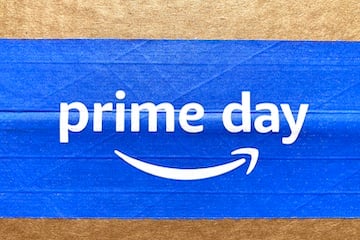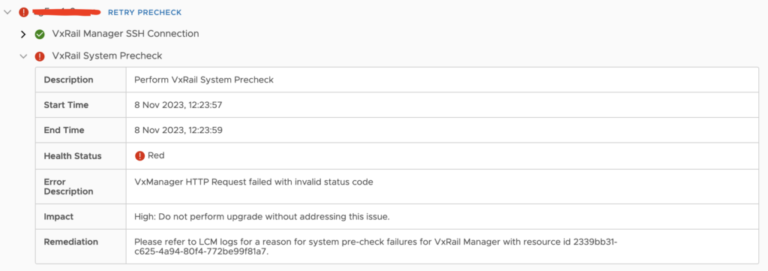
Here’s what we don’t know about Prime Day 2024. Amazon says the event was global but famously provides no revenue details. We’re left with estimates by Adobe and others of U.S. purchases.
Thus we don’t know the worldwide volume or the impact on Amazon’s income since most of the purchases are presumably with third-party marketplace sellers from which Amazon earns a commission — $1 billion of purchases at a 20% commission would be $200 million of earnings to Amazon.
Less clear, too, is the bottom-line effect of Prime Day discounts on third-party merchants who tell Practical Ecommerce that Amazon takes roughly 50% of every transaction with sales commissions, FBA fees, and advertising costs.
Certainly Prime Day is good for consumers and Amazon, which carries little inventory risk and earns fees and commissions no matter the selling price. Amazon is mostly a service provider, after all, and most of that is from its cloud computing division, not marketplace activity.
Nonetheless, here’s our recap of Prime Day 2024.
Prime Day 2024 Recap
Adobe Analytics is popular among large U.S. online retailers. It has long been a credible source for Prime Day data. For this year’s event, Adobe says it tracked 1 trillion U.S. web visits, 100 million SKUs, and 18 product categories. All told, per Adobe, U.S. consumers spent a record $14.2 billion during July 16 -17, up 11.8% from a year earlier. (Amazon stated only that the 2024 event was “the biggest ever.”)
Other Adobe findings:
- 49.2% of purchases were on mobile devices, up 18.6% from 2023.
- Sales of back-to-school goods (backpacks, lunchboxes, supplies) increased by 216% from last year, presumably owing to the event occurring a week later than in 2023.
- Electronics sales increased 61% due to “product refresh cycles” wherein consumers upgrade their devices.
- Housewares, furniture, and appliance sales were strong, with increases in kitchen appliances (up 76%) and cookware (up 26%) leading the category.
- Categories with the top discounts from list prices were electronics (23% off), apparel (20% off), home goods/furniture (16% off), television (16% off), and toys (15% off).
Other Metrics
Numerator is a U.S.-based data and analysis firm. For its Prime Day 2024 report, Numerator tracked 93,513 U.S. orders, 35,588 households, 188,000 items purchased, and 7,311 verified buyer surveys. The report included:
- Shoppers’ ages: Under 34 (14%), 35-44 (19%), 45-54 (18%), 55-64 ( 22%), 65+ (27%).
- Household spending: Under $100 (34%), $100-$200 (43%), $200+ (23%)
- The top-selling item was the Amazon TV Fire Stick, followed by Premier Protein Shakes, Liquid I.V. Packets, Glad Trash Bags, and COSRX Snail Mucin Serum.
Consumers want discounts, according to Pacvue, an ecommerce advertising platform.
“Shoppers are still feeling the effects of inflation and are hungry for deals,” Melissa Burdick, president of Pacvue, told Practical Ecommerce.
For once, Amazon didn’t dominate the site with its own products. “Interestingly, it’s one of the first years that we have not seen Amazon devices dominate the Prime Day home page, with Apple products owning the main landing page,” she said.
Advertisers allocated more money this year due to increased competition, according to Burdick. Compared to 2023, this year’s Prime Day saw a 30% higher total managed spend starting from the pre-event phase, with a 47.5% increase on the event’s first day. On the second day, average spend increased by 24% compared to the same day last year.
“In the lead-up period to Prime Day, brands increased their spend by 15% from last year,” Burdick said. “We’ve also seen brands reallocate ad budgets from August to support their Prime Day efforts.”






